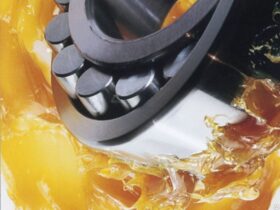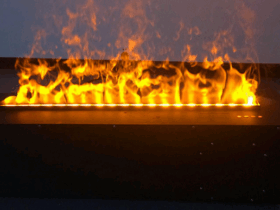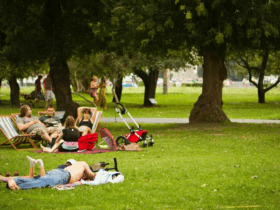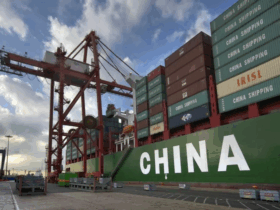Siding panels on the material of manufacture are divided into three types: wooden, metal and PVC. Each of them have their pros and cons, as well as installation features. In this article, we will talk more about how to choose the right PVC (or vinyl) siding and components to it.
Sading PVC panel: pros and cons of
Vinyl siding (PVC) is one of the most common materials that is used to reconstruct buildings and decoration of just built houses. PVC panels have proven themselves because they combine low cost, durability and reliability. You can list their pluses for a very long time, we will describe only a few of them.
PVC panel has a large coefficient of thermal expansion. With daily or seasonal temperature changes, the material will also change its size (usually several millimeters).
Provides resistance to alkaline and acidic effects (of course, in moderation).
Easy in further operation. There is practically no need to care for the panels. It is enough only sometimes to rinse them with water from the hose.
The low weight of PVC siding allows you to use it even for old wooden buildings and buildings.
Has some resistance to mechanical influences. With a small blow, the material takes the original form.
Can be used in almost any climatic conditions under t from -45 to +45s.
Provides a long service life, about 40 years.
A variety of color solutions allows you to use panels for finishing almost any room.
Low cost of material and work on its laying.
There are not many minuses, but they still have. Firstly, despite the existing burning resistance, PVC panels of some manufacturers can temporarily support the flame (within 5 seconds). Therefore, it is strictly not recommended to make fire near the coating. Secondly, with strong strikes on the coating, dents will necessarily remain. Thirdly, if you do not provide gaps between the strips during styling, then siding can simply swell during temperature differences.
PVC Siding: How to choose it correctly?
Before buying these panels, it is important to properly inspect them. First of all, pay attention to the side cut. The thickness should be the same everywhere. Otherwise, the panel may crack during operation or laying. The second thing that is important to see is the uniformity of coloring. Take a look at the front and wrong sides. Most often the outer side has a brighter color than the internal. Although the ideal option is the coincidence of the shade on the front and wrong side.
Also on the surface of the panel, in no case should there be any spots. If available, this may mean the use of low -quality raw materials in the production process. Pay attention to the packaging of siding. Best if it is made of cardboard. In some cases, sellers try to save and use polyethylene as packaging. This is unacceptable, because it can lead to serious deformations of the planks during transportation.
Components, as an important addition to siding
No installation will be successful if you do not have the appropriate components. Simply put, the siding cannot be installed without their presence. So, what components are needed in the process of installing PVC panels? During the choice and purchase of PVC siding, be sure to purchase: finish, starting, connecting, j — and f Profile. Also take care of the presence of an external, inner angle and soffit panels. Let’s talk about each element more.
Starting profile — the whole installation begins with it. The strips are first attached to him, and then among themselves.
The connecting profile is used in cases where the length of the first panel is not enough. This is due to the fact that the walls of different buildings have different heights. Therefore, they use the connecting profile for the combustion.
Finish profile — is attached at the very last stage, so that the siding panels do not hang out. As a rule, it is cut strictly in height.
J-profile is used in different cases. Mainly when you need a edging of door or window slopes. As well as when docking no equal angles, sealing the edges and, sometimes, in the role of the finish profile.
F-profile is so similar to J-profile that it is often used instead. But its main purpose is to join the Soffit panel with the wall of buildings.
Soffit panels are needed for decoration of the cornices that are between the roof and the wall of the house. You can’t leave these places untreated. Therefore, these panels are used.
The internal angle is designed to dock siding planks. It also gives the coating aesthetically pleasant and completed appearance.
The external angle is also used to dock the panels on the outer coal of the building.













Оставить коммент.